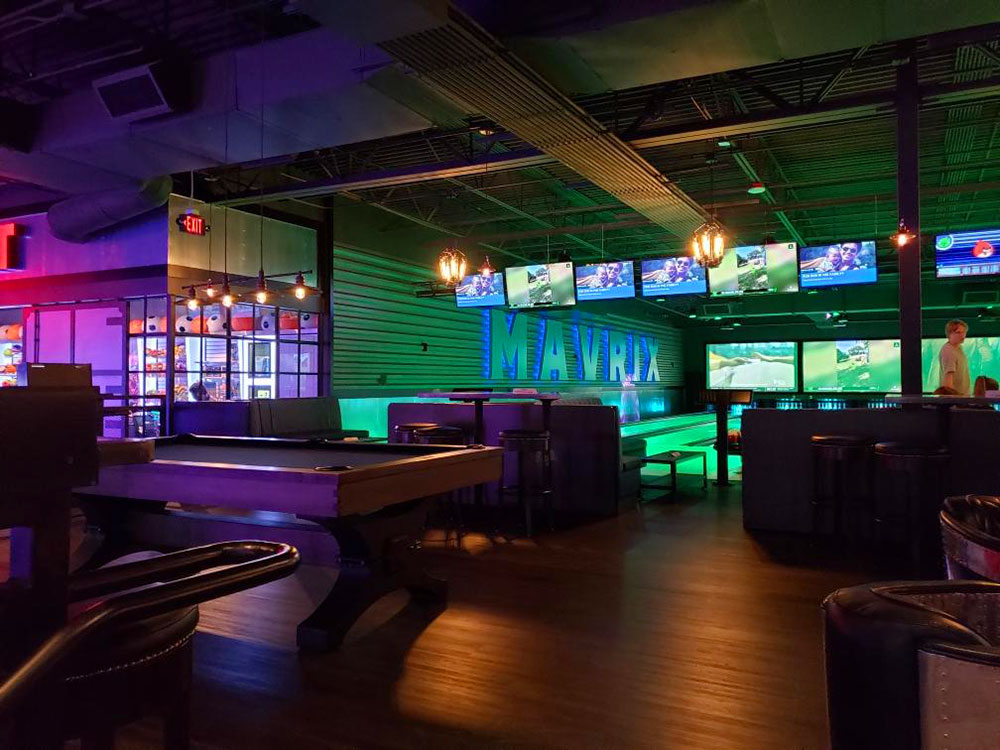When Radio Met Neon in Parliament On paper it reads like satire: in June 1939, just months before Britain plunged into war, Parliament was wrestling with the problem of neon interfering with radios. Gallacher, never one to mince words, stood up and asked the Postmaster-General a peculiar but pressing question. Were neon installations scrambling the airwaves? The answer was astonishing for the time: around a thousand complaints in 1938 alone. Imagine it: listeners straining to catch news bulletins, drowned out by the hum of glowing adverts on the high street.
The Minister in charge didn’t deny it. But here’s the rub: the government had no legal power to force neon owners to fix it. He promised consultations were underway, but stressed that the problem was "complex". Translation? Parliament was stalling. The MP wasn’t satisfied. People were paying licence fees, neon lights store he argued, and they deserved a clear signal. From the backbenches came another jab.
Wasn’t the state itself one of the worst offenders? The Postmaster-General ducked the blow, basically admitting the whole electrical age was interfering with itself. --- Looking back now, this debate is almost poetic. Neon was once painted as the noisy disruptor. Fast forward to today and neon lights it’s the opposite story: the menace of 1939 is now the endangered beauty of 2025. --- Why does it matter? First: neon has always rattled cages.
From crashing radios to clashing with LED, it’s always been about authenticity vs convenience. In 1939 it was seen as dangerous noise. --- The Smithers View. We see proof that neon was powerful enough to shake Britain. So, yes, old is gold. And it still does. --- Ignore the buzzwords of "LED neon". Glass and gas are the original and the best. If neon got MPs shouting in 1939, it deserves a place in your space today. Choose glow. You need it.
---
In case you loved this information and you would want to receive much more information with regards to LIT Labs please visit our own web page.

